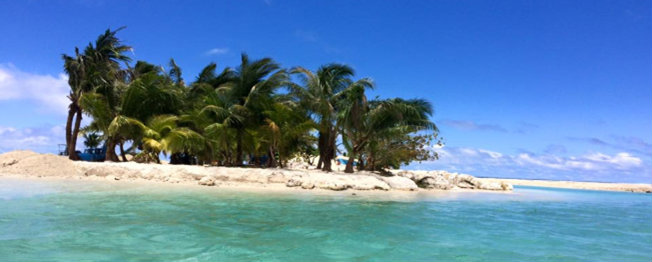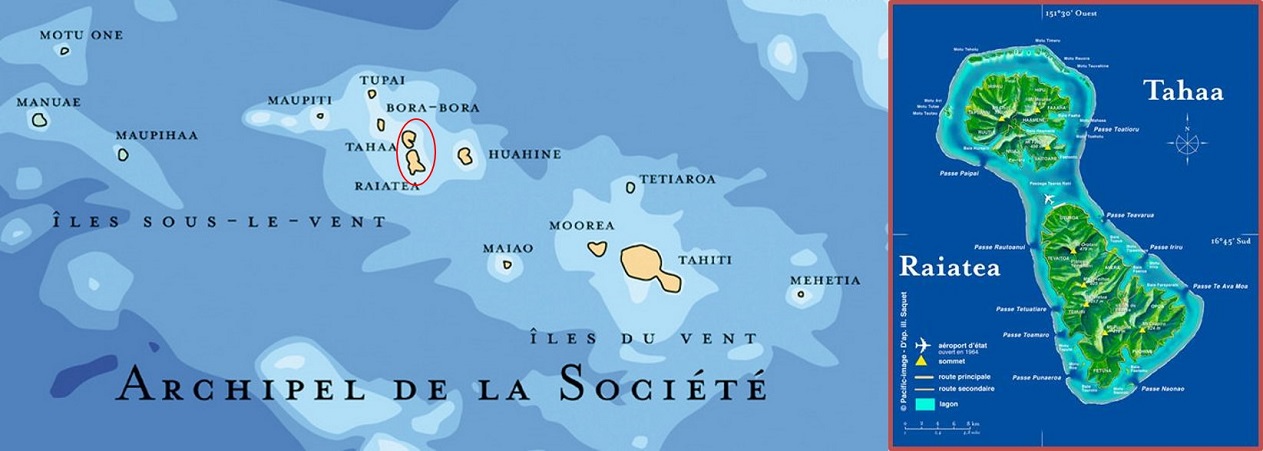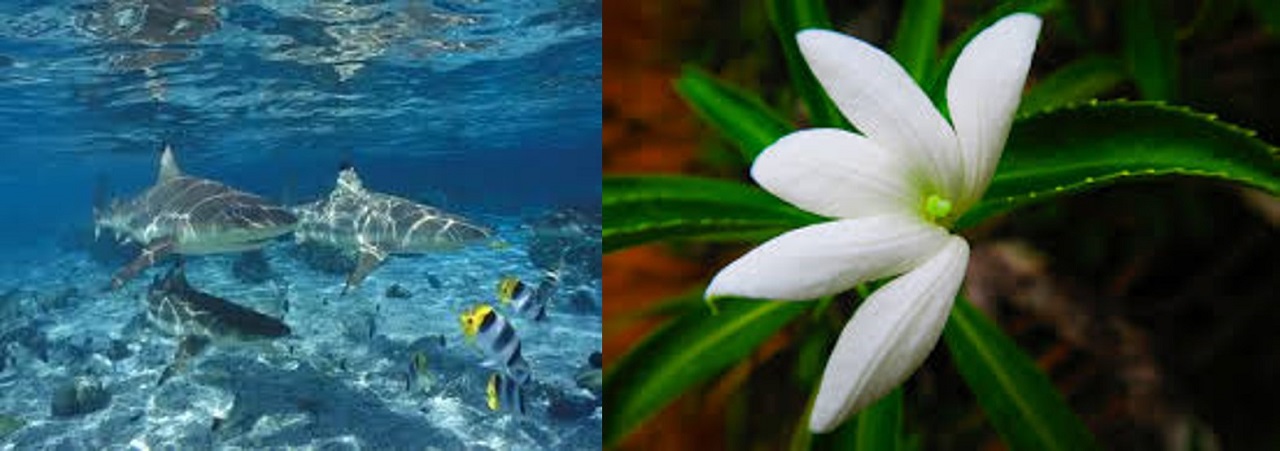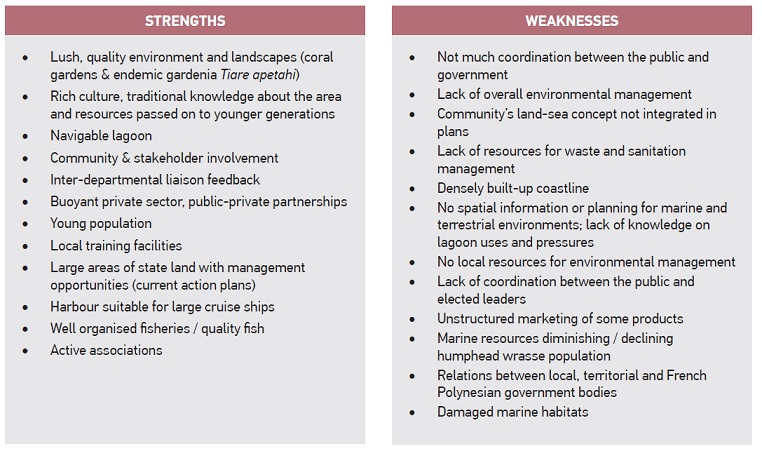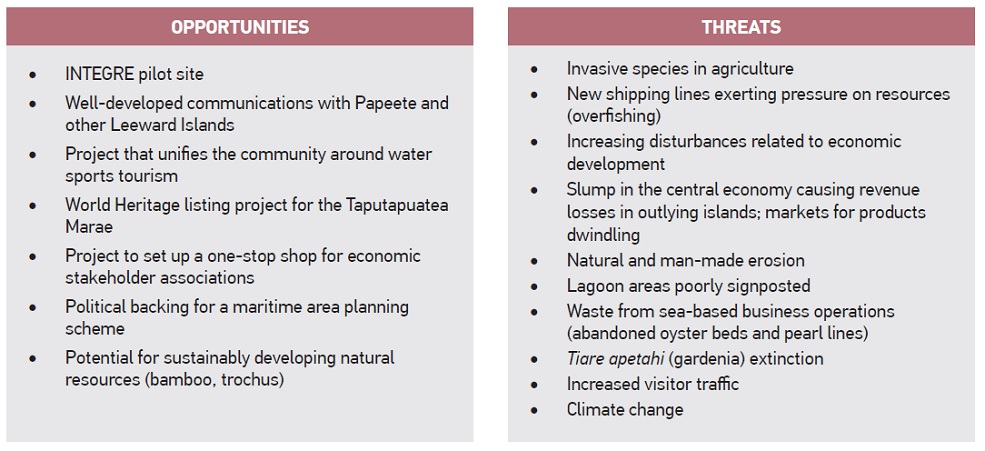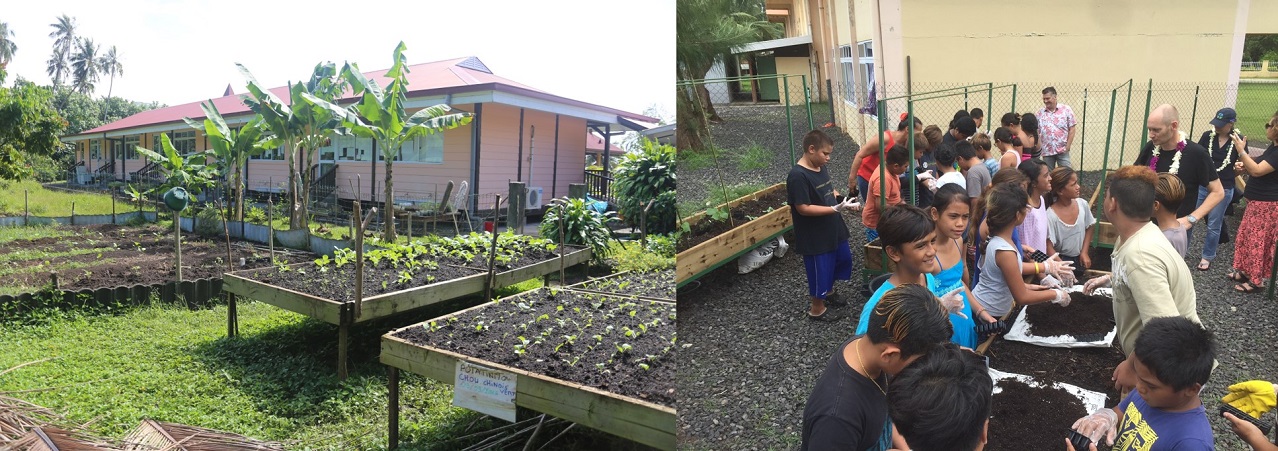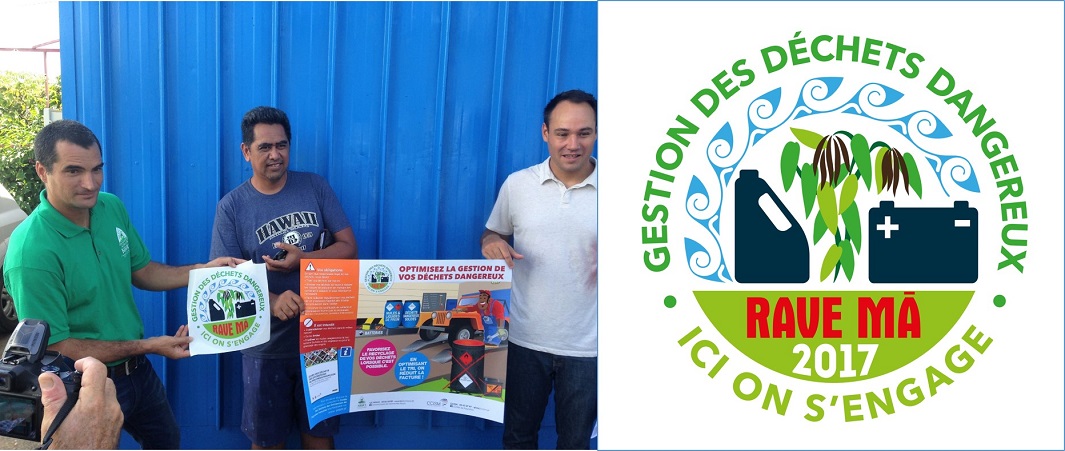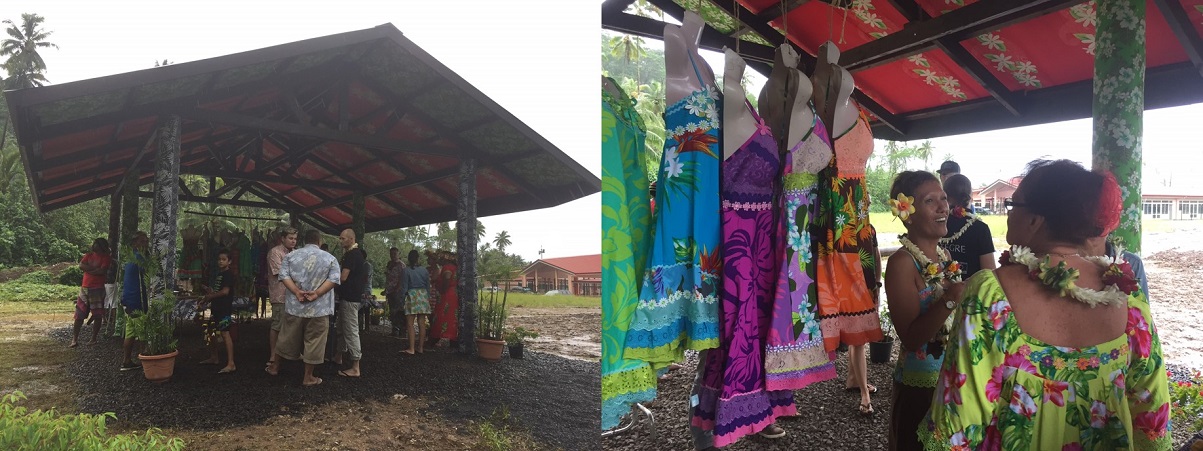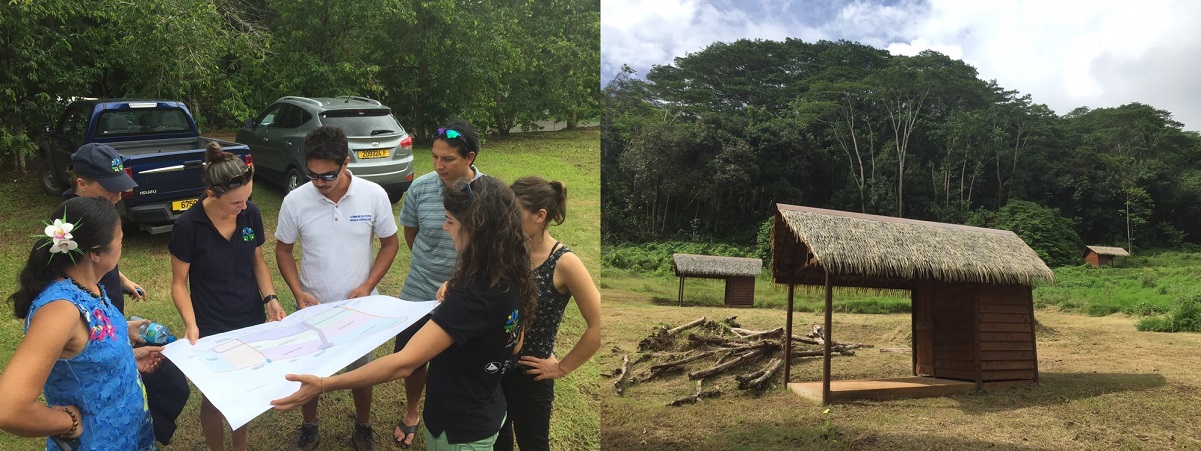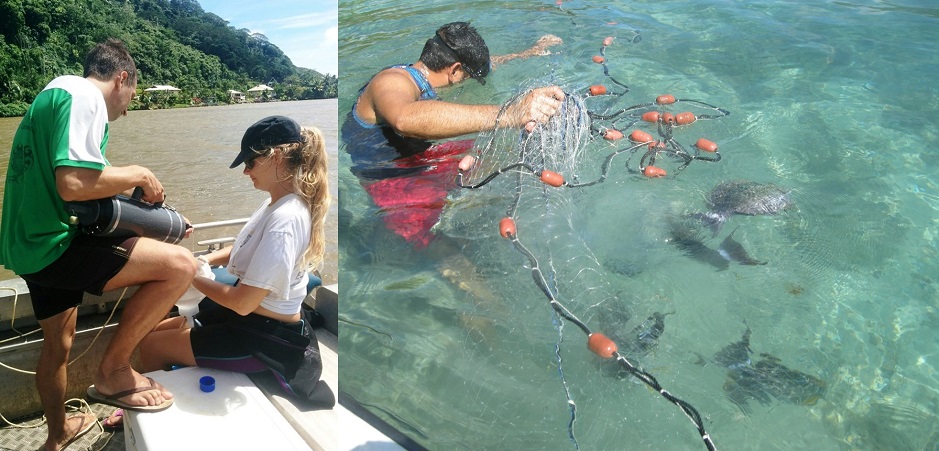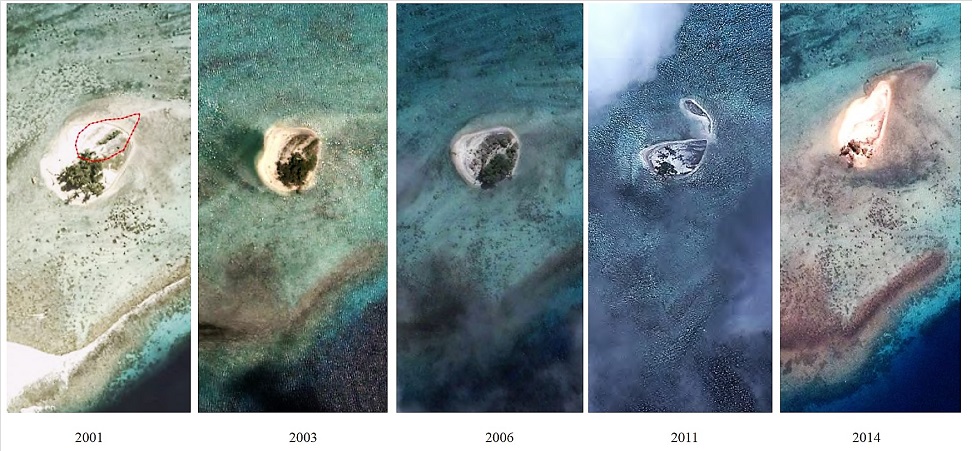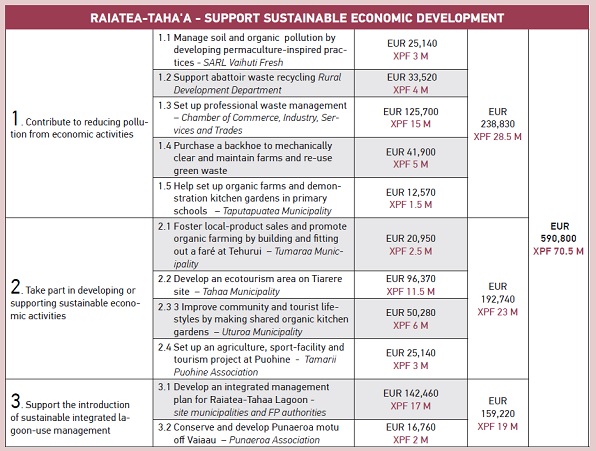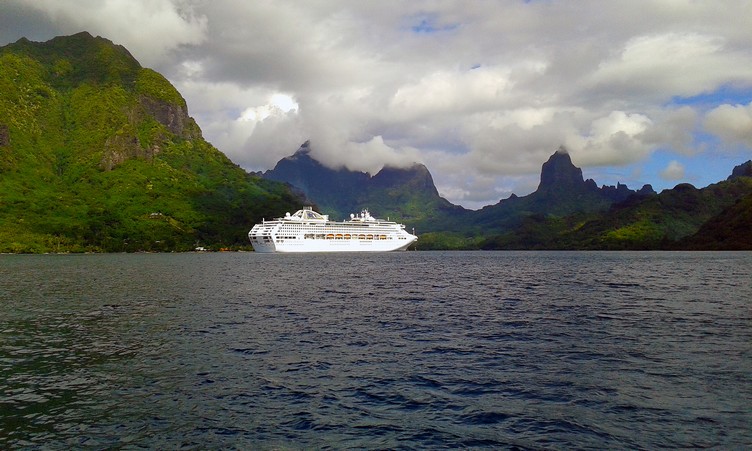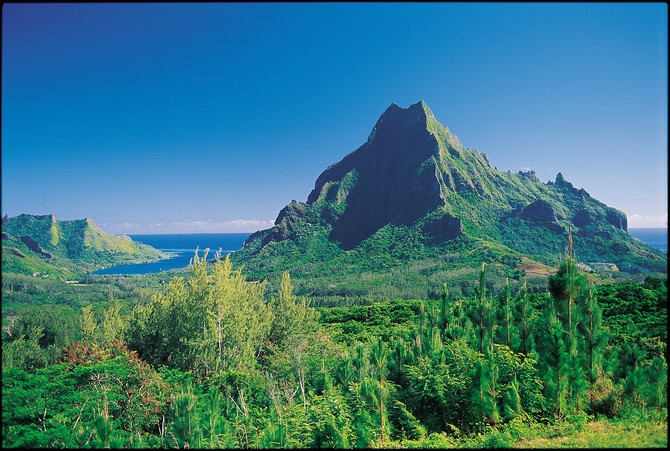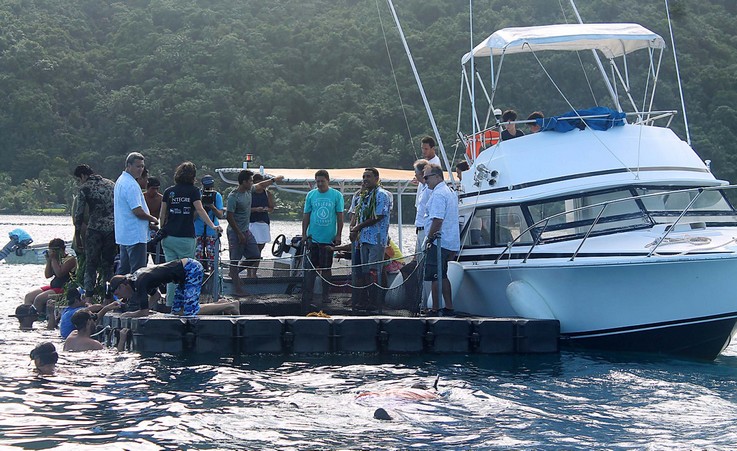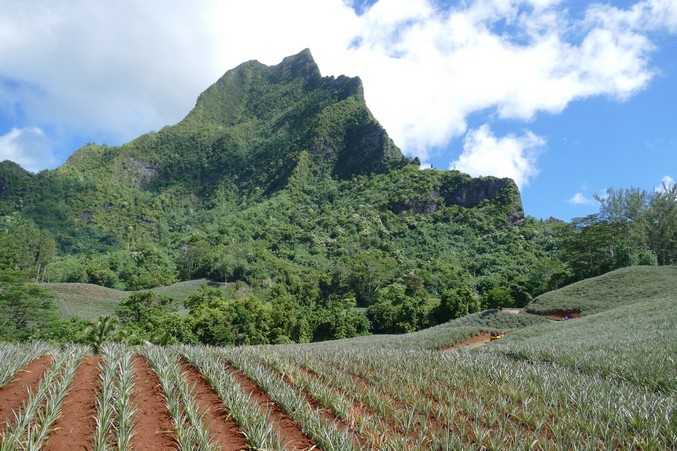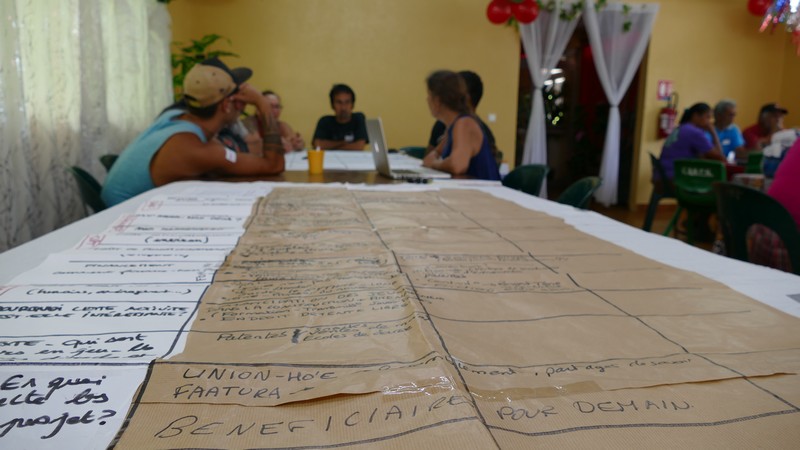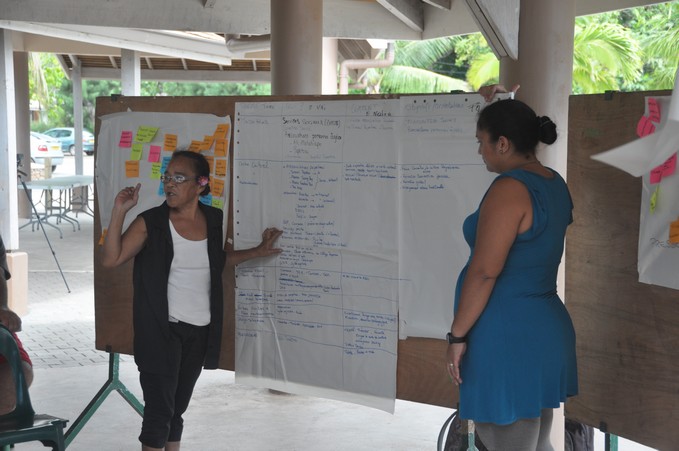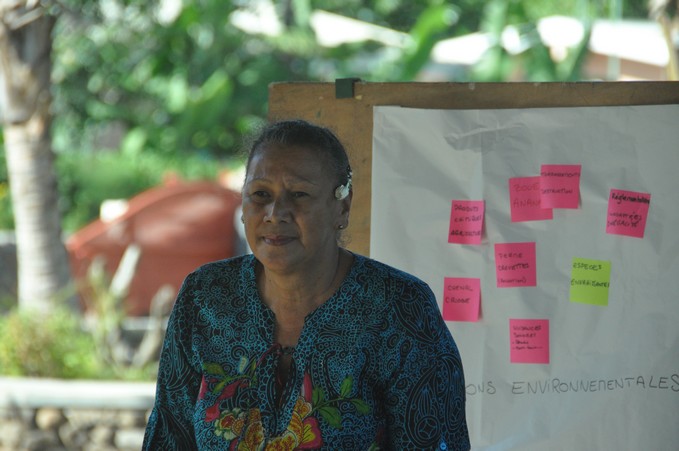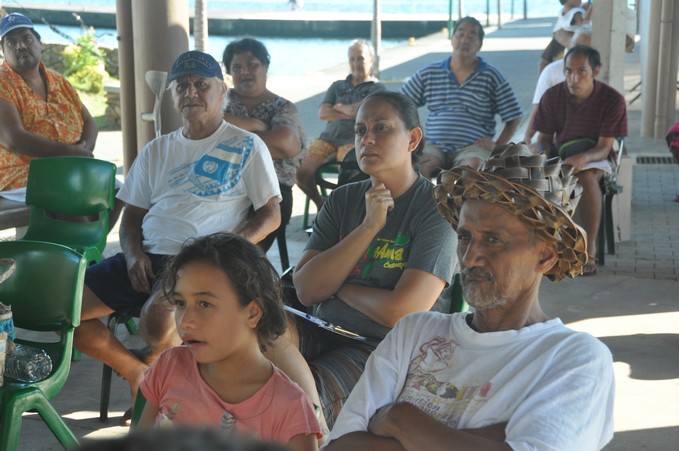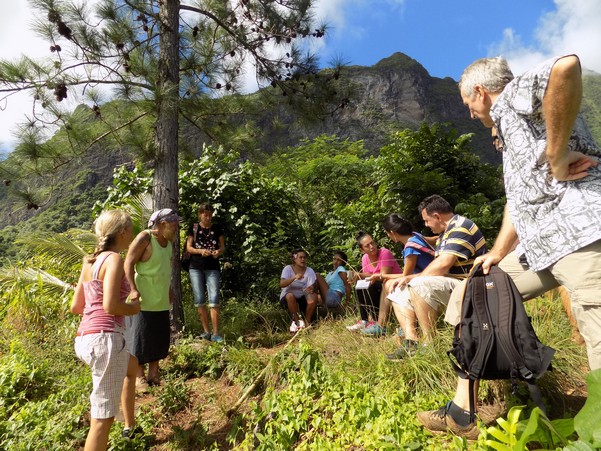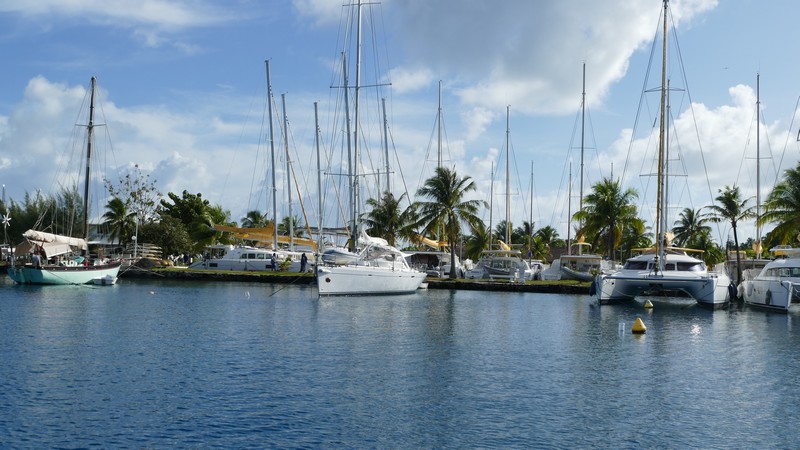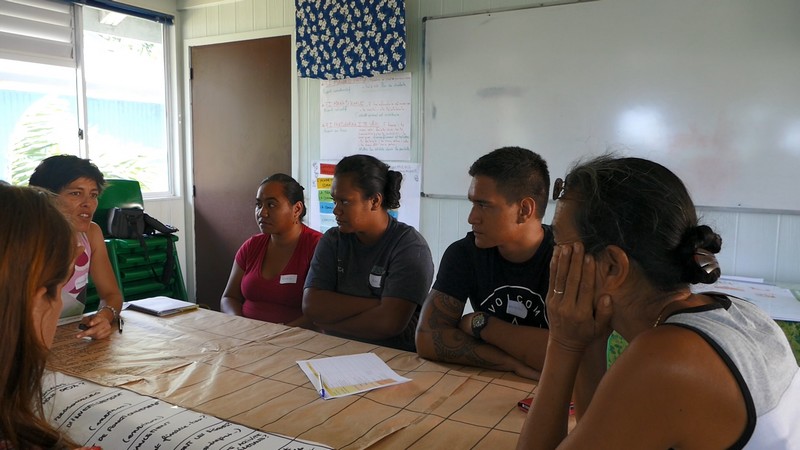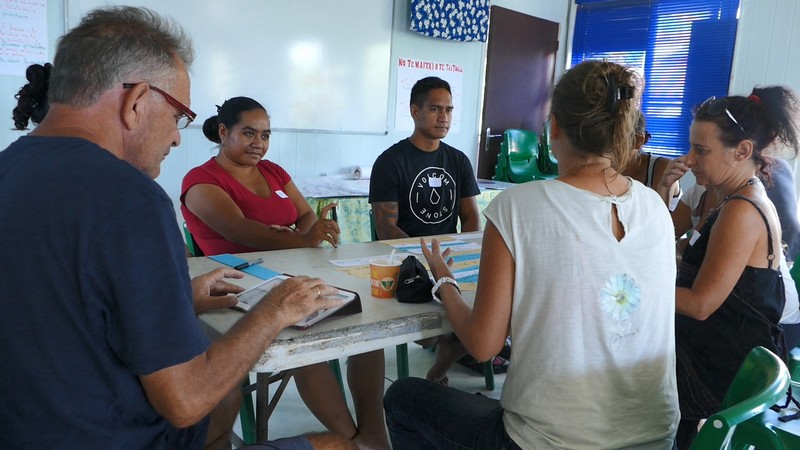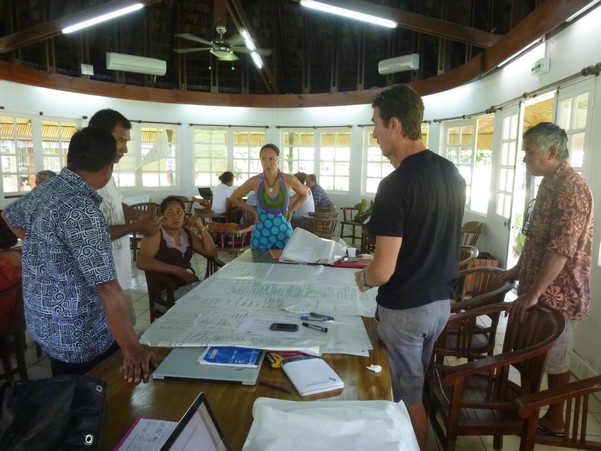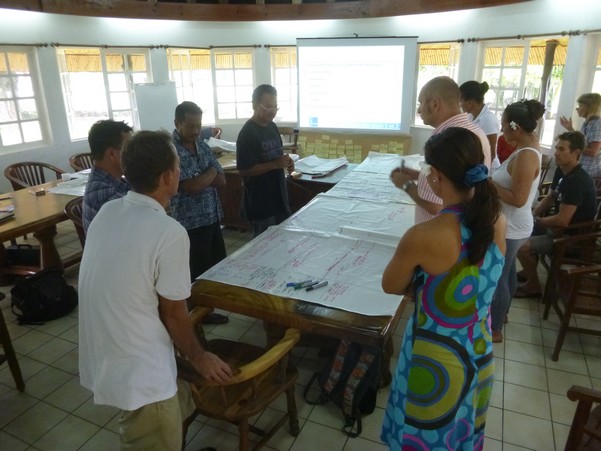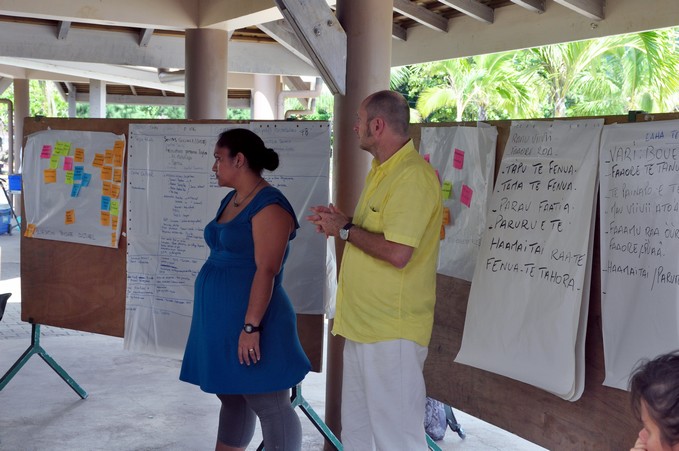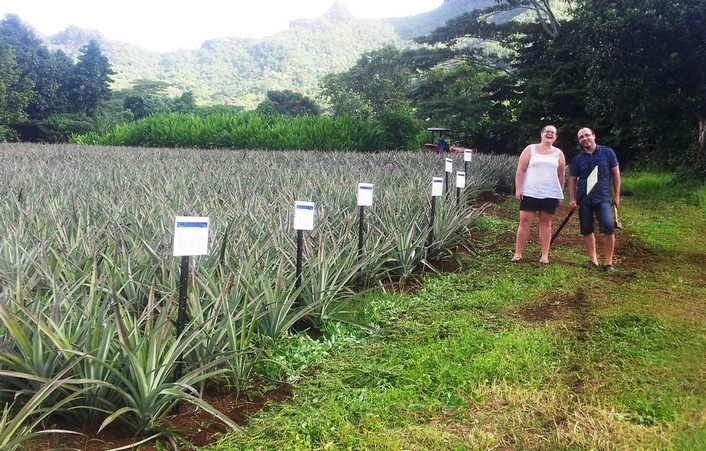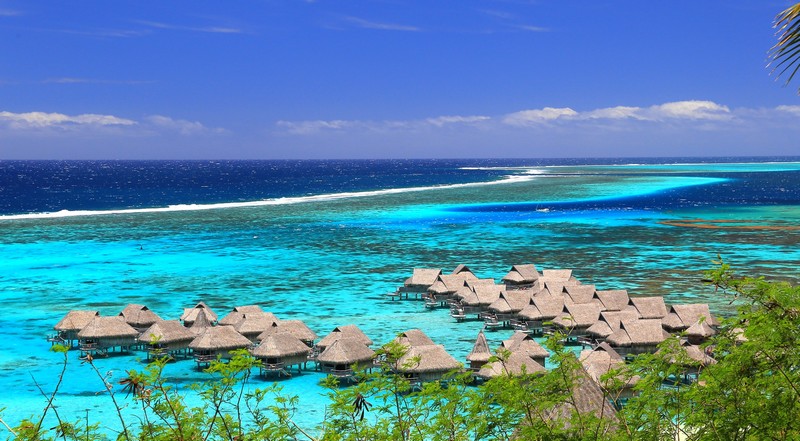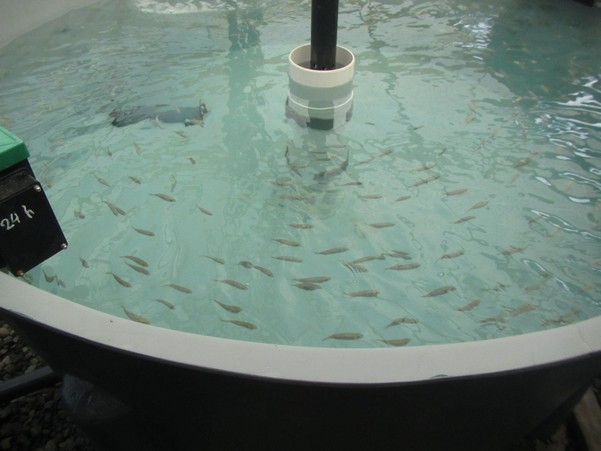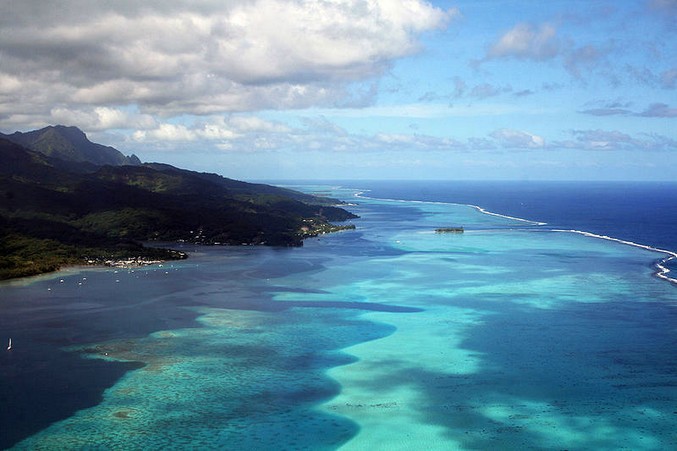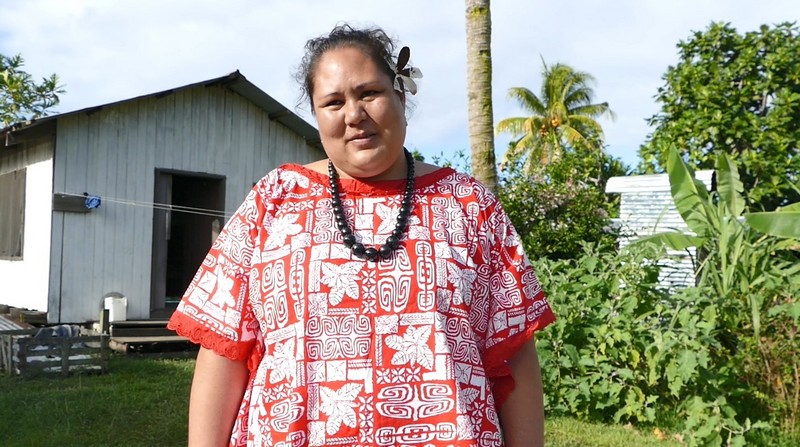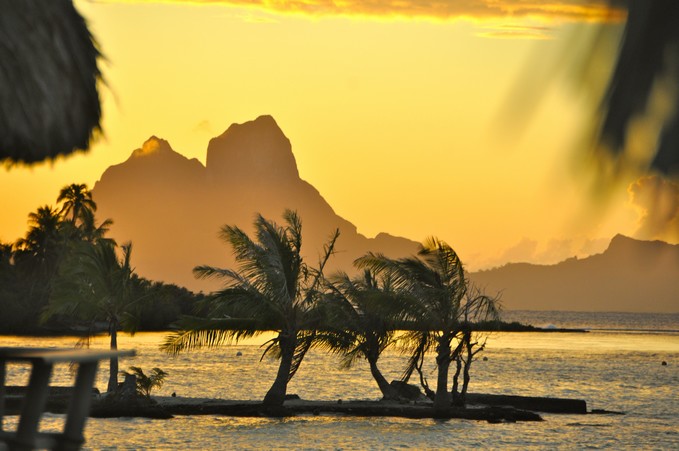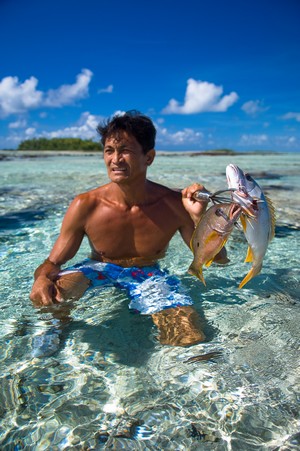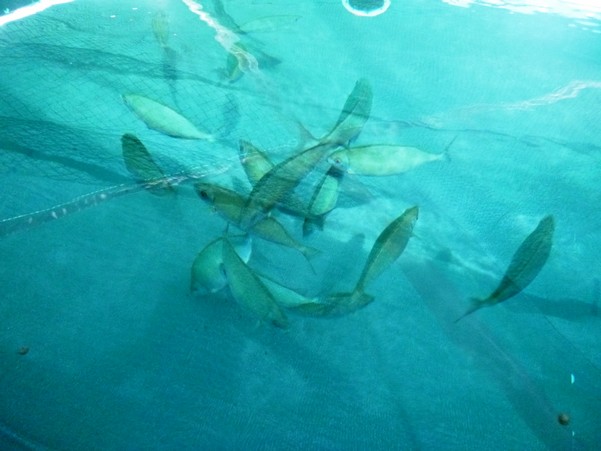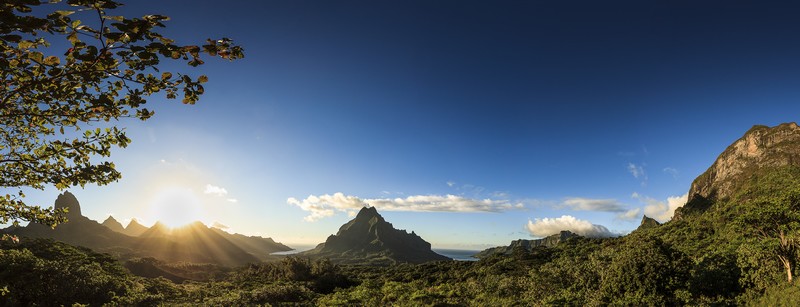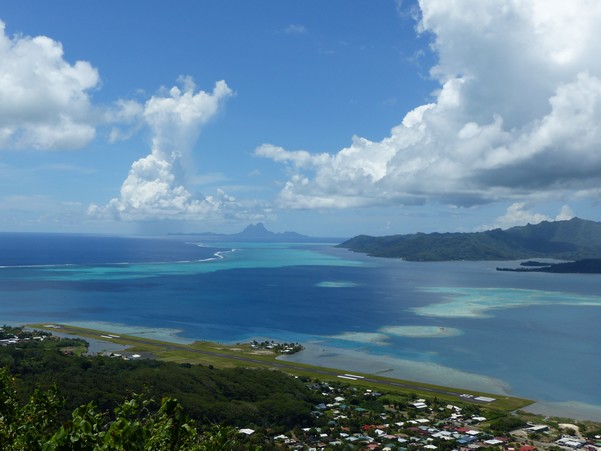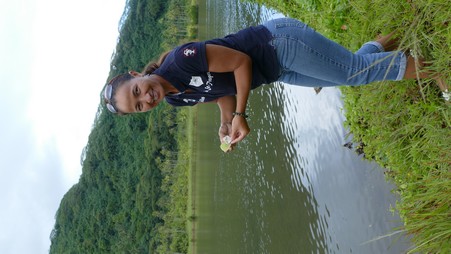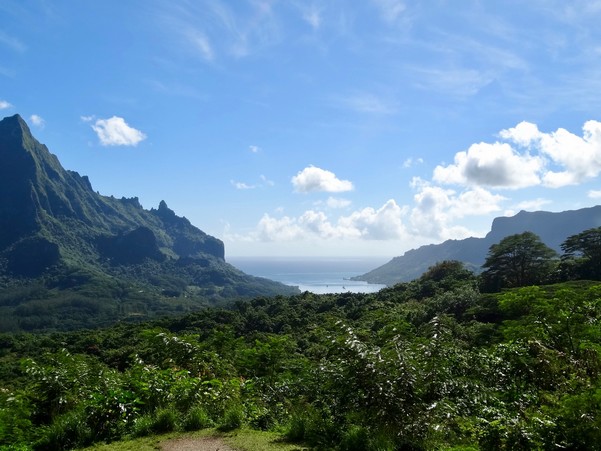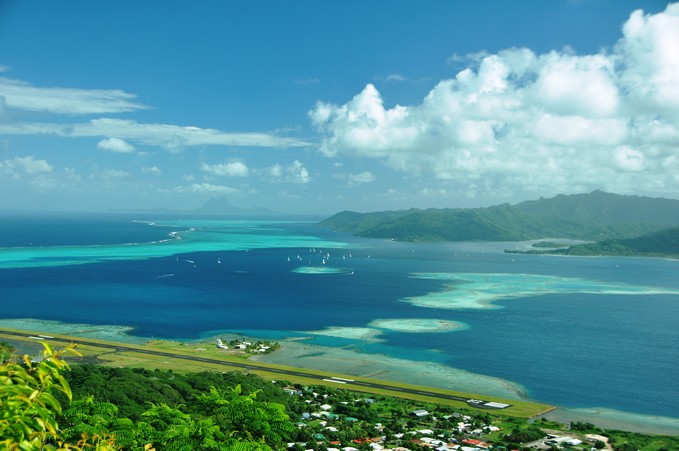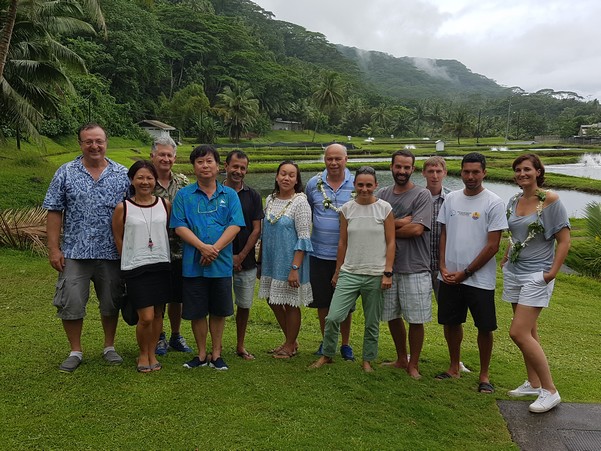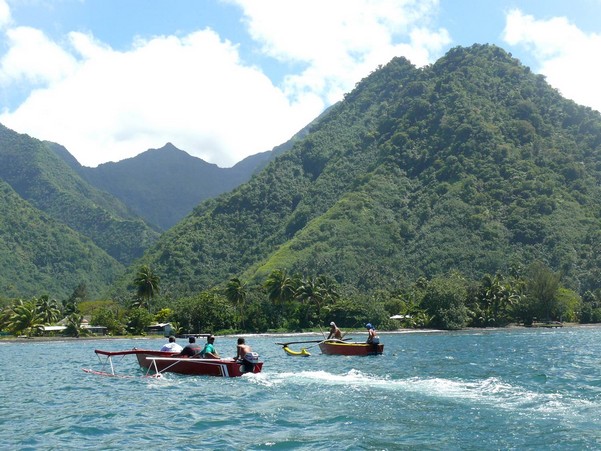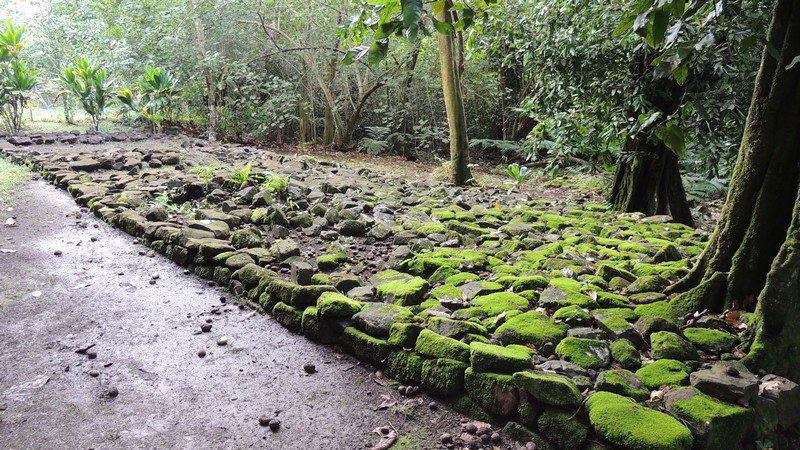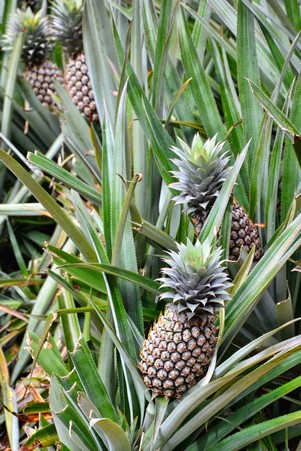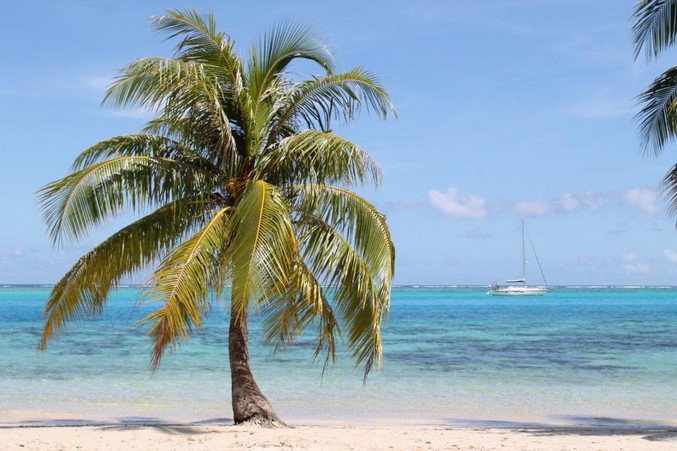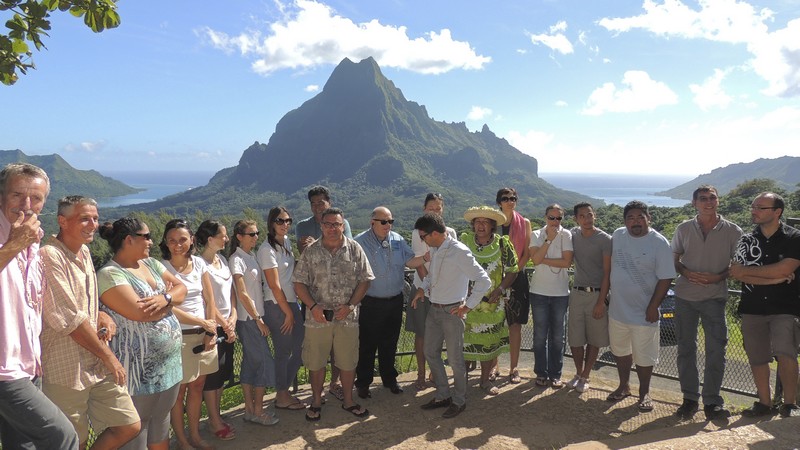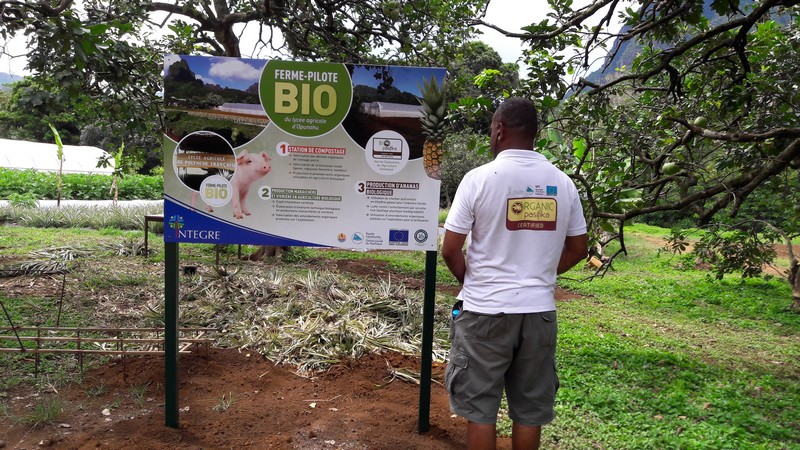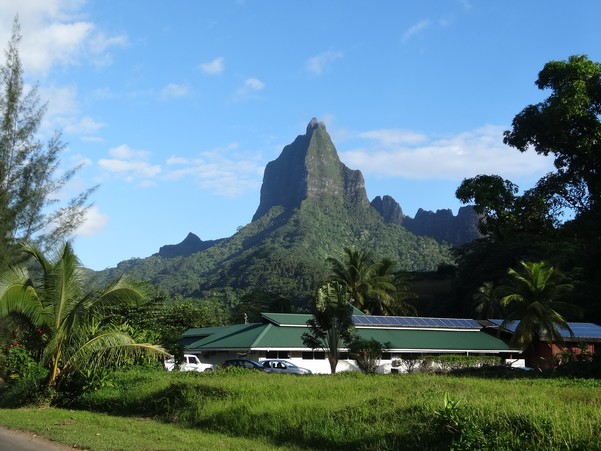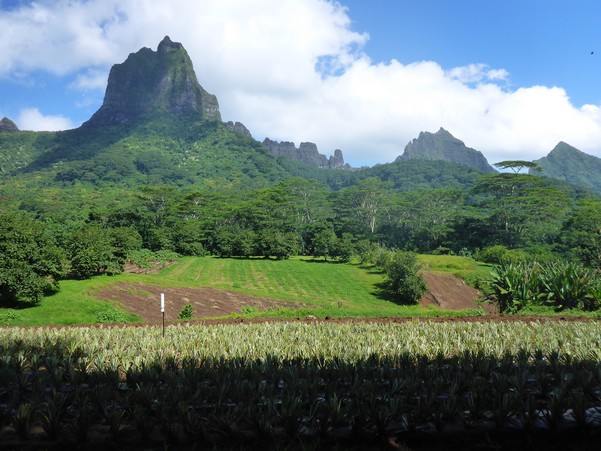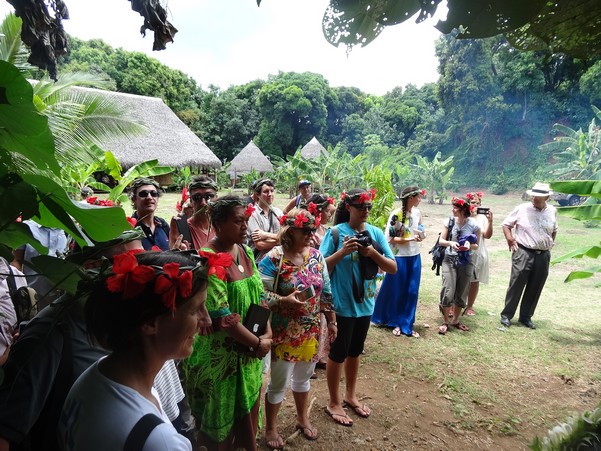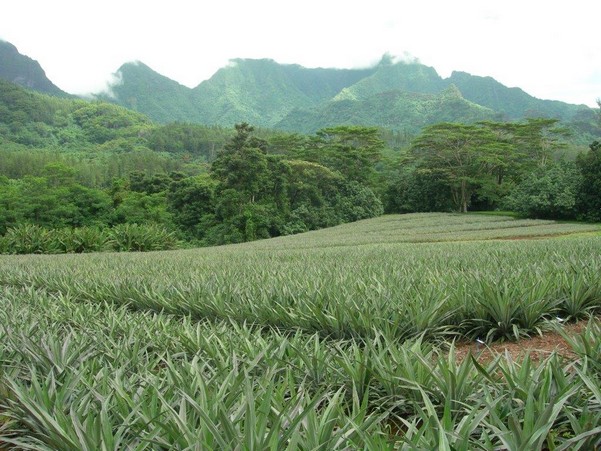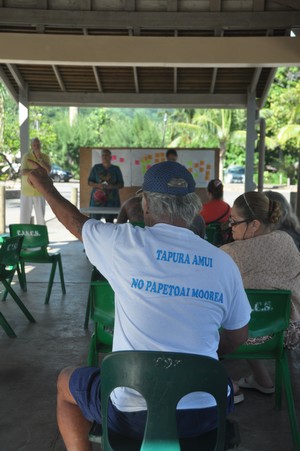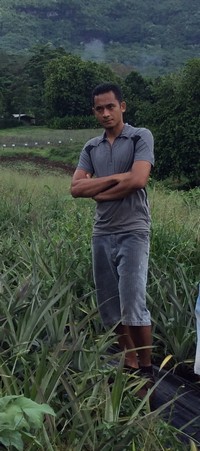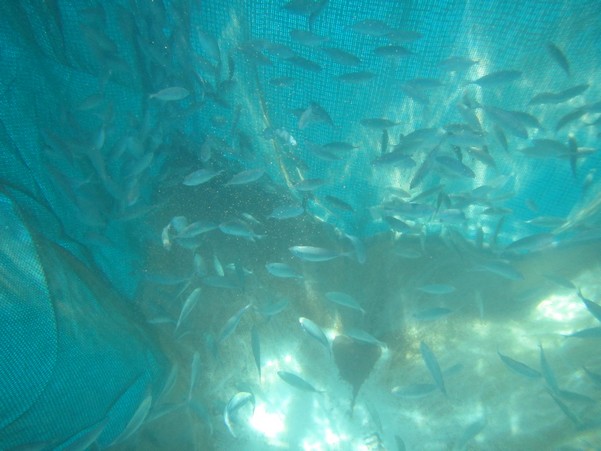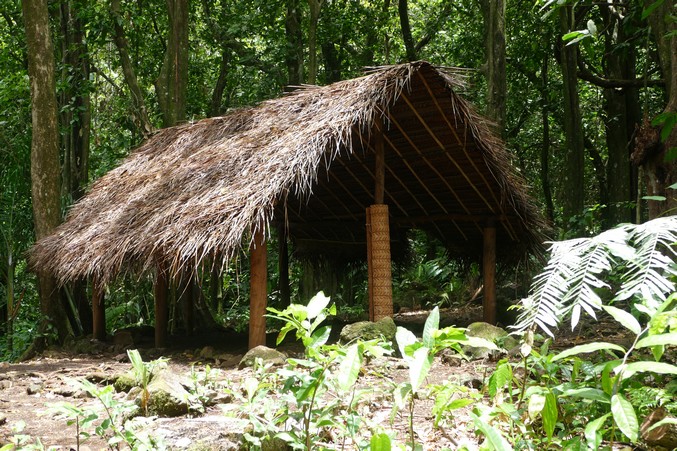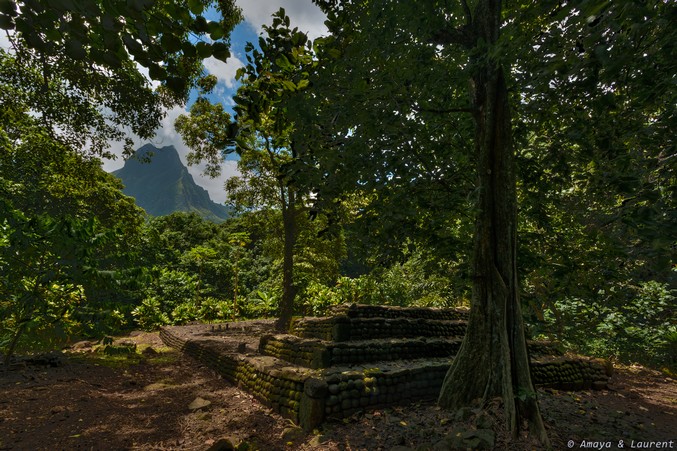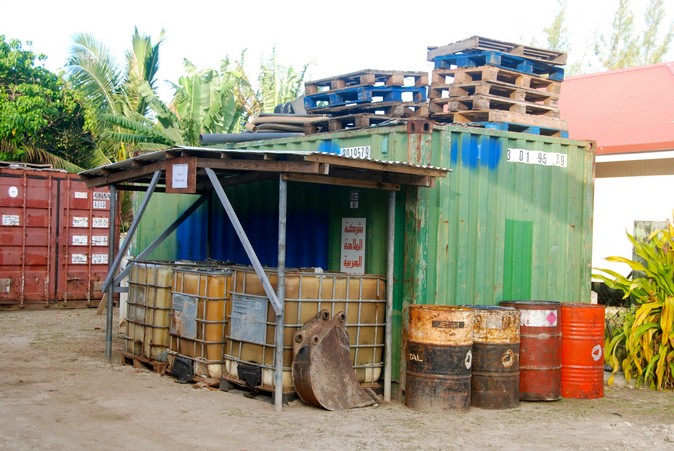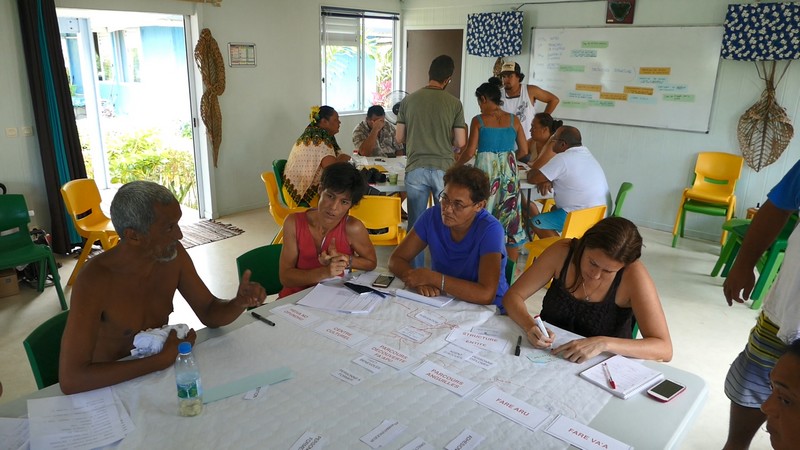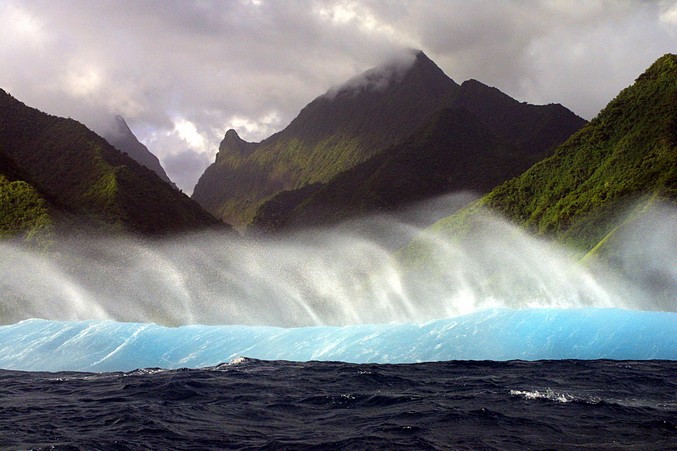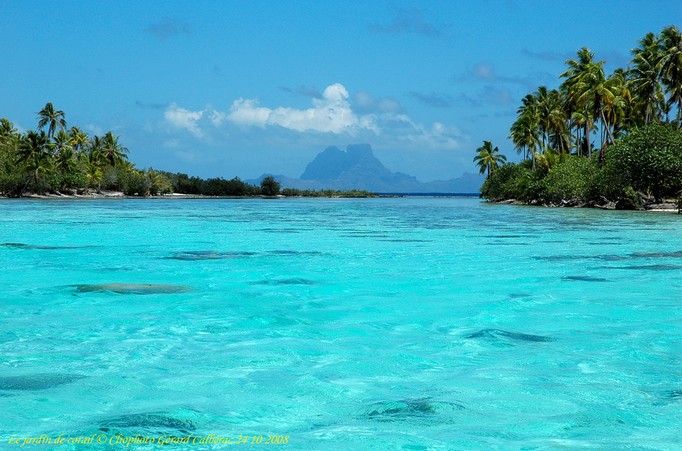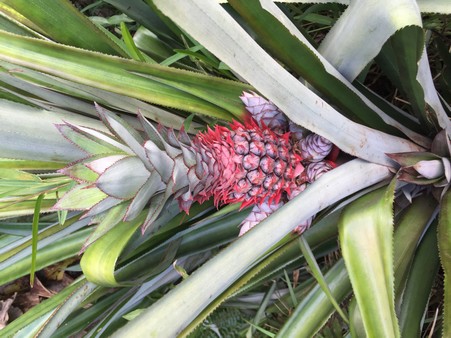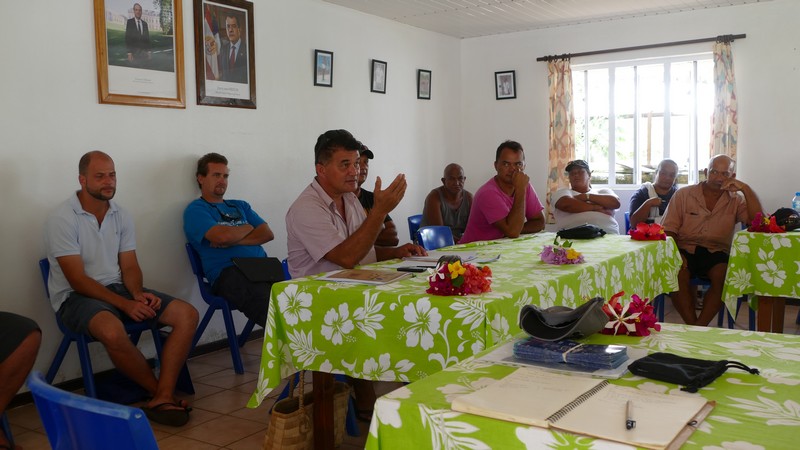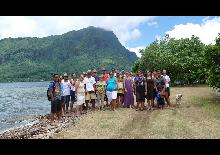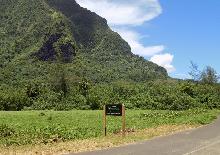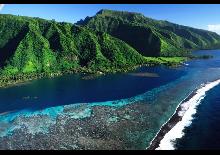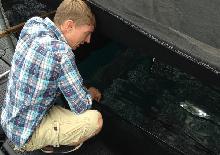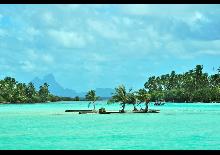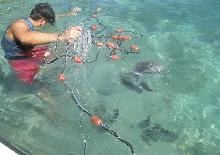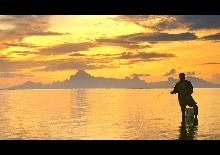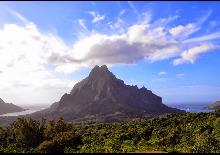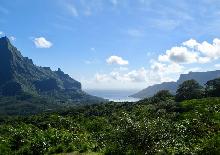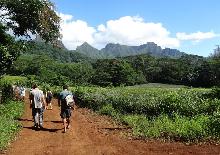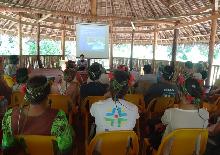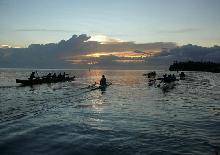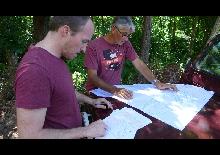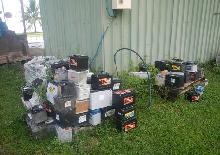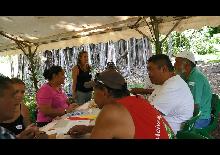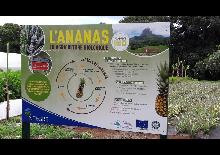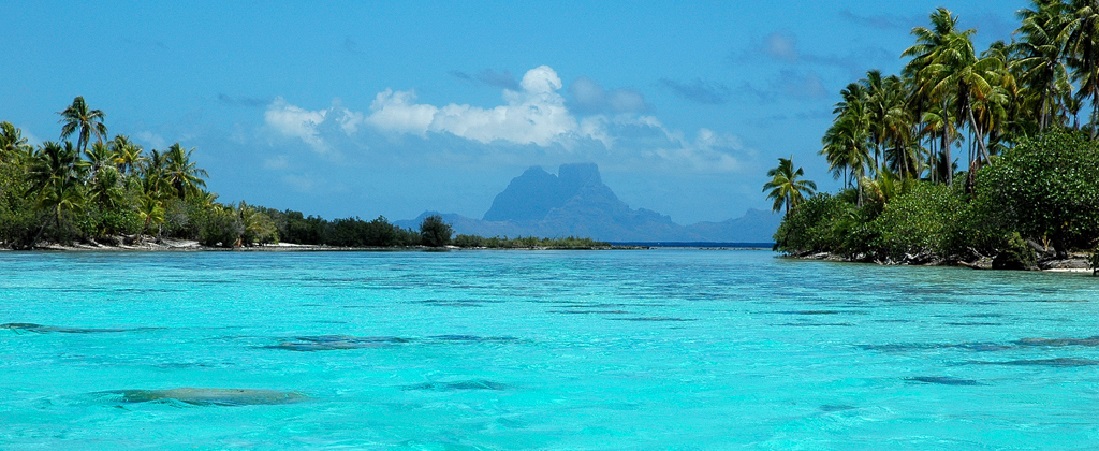
INTEGRE Project was working towards the following objectives :
- Assisting with sustainable economic development, particularly in tourism
- Helping control man-made threats.
- Boosting the participatory management process and involving local stakeholders more effectively
- Contributing to sustainable integrated natural and cultural resource management
On the site of Raiatea-Tahaa Islands and Lagoon, the balance of the activities is the following one :
- PF - C2R1 : Reduction of pollution from economic activities
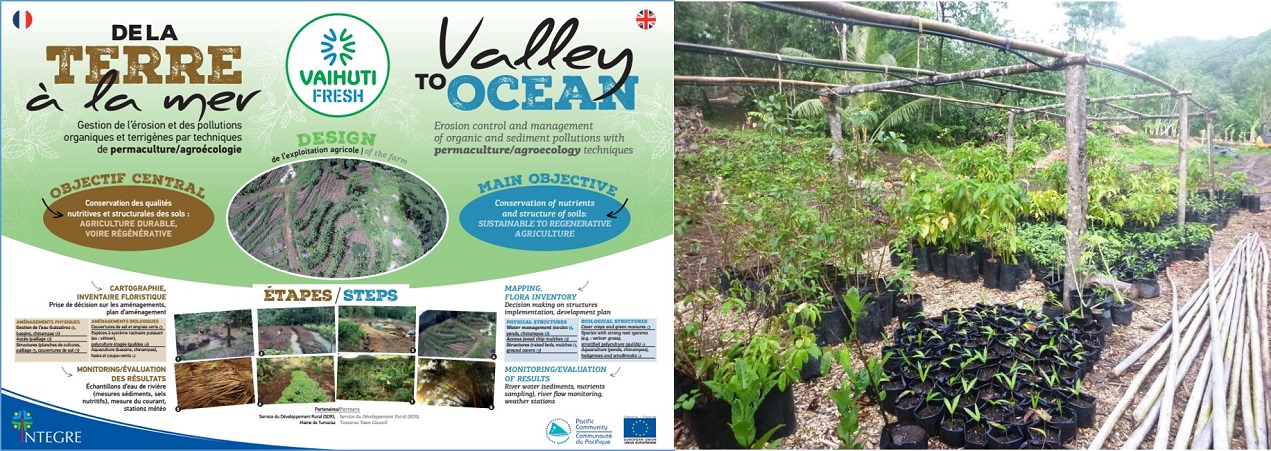
All the activities resulted in extremely satisfactory and sustainable results.
The integration of the Vaihuti Fresh farm into the network of organic farming pilot farms, launched as part of the INTEGRE project and continued by the Agriculture Department, ensures that the results still to come, particularly on the monitoring of runoff water, will be presented and promoted within the network.
The municipality of Taputapuatea is pursuing its policy of developing organic farming by investing its own funds, with the recruitment of an organic farming technician, and by seizing various financial support opportunities such as INTEGRE and more recently assisted contracts to support the installation of young farmers or make volunteers available to run organic educational gardens.
Finally, the implementation of a professional waste management system is a remarkable achievement at the project level since the CCISM has succeeded in making this completely new system operational from the quantification of the deposits, the legal set-up to the launch of the system, with the supply of bins, the creation of a label and the commitment of nearly 80% of professionals from the start. This achievement reflects the good adequacy of the project with the needs of professionals.
For more details, consulte Activity statement : PF - C2.R1 Réduction des pollutions issues des activités économiques
- PF - C2R2 : Development of sustainable economic activities

Most of the activities carried out under this development theme have been carried out by the municipalities of the site. In the case of the Tamarii Puohine association, the president of the association is none other than the mayor delegate of the associated commune concerned. This porting by the communities reflects a political will to generate income or means of subsistence for their citizens and especially those who are on the margins of the usual tourist circuits. In this sense, the INTEGRE project has made it possible to diversify the tourist offer of the site by taking part in a form of small-scale tourism, a diversified offer (crafts, hiking, catering, local products, sport) for tourists but also for the inhabitants. However, the project often ran up against a certain form of inertia on the part of the partners, not out of unwillingness but notably because the co-financing provided by the communes, or even the country, required a sometimes long validation period which often caused the dynamics created at the beginning of the project to fade away. Many reminders had to be sent to the partners to ensure that the deadlines were respected.
For more details, consulte Activity statement : PF - C2.R2 Développement d'activités économiques durables
- PF - C2R3 : Support the implementation of a sustainable and integrated management of lagoon uses

The implementation of integrated coastal zone management in French Polynesia has been hampered by the absence of a legal framework for its implementation at institutional level, despite the objective stated in the project documents to implement integrated coastal zone management plans at all sites. These plans could not be formalised from a legal point of view and the documents produced could not be qualified as "plans", terminology which refers to other legal instruments.
Beyond the absence of a legal framework, participation and intersectorality are emerging within Polynesian administrations, yet they constitute pillars of integrated coastal zone management. The INTEGRE project chose to work in the field according to these two pillars in order to demonstrate their effectiveness for the implementation of sustainable development.
In Raiatea-Tahaa, participatory processes have launched a positive dynamic where actors enjoy meeting to build together or simply exchange. For this site which includes 4 communes, fishermen, pleasure boaters, aquaculturists, sportsmen who share an increasingly frequented lagoon, the INTEGRE project was able to demonstrate the interest of putting these actors around a table to defuse conflicts which become inevitable and to build together shared solutions.
The proposal to perpetuate the INTEGRE local committee into a local development committee could make it possible to organise the continuation of the integrated management dynamic launched by the INTEGRE project. However, it must be validated and implemented by the government of French Polynesia, which is directly identified to lead this committee through its local representation.
For more details, consulte Activity statement : PF - C2.R3 Mise en place d'une gestion durable et integrée des usages lagonaires

